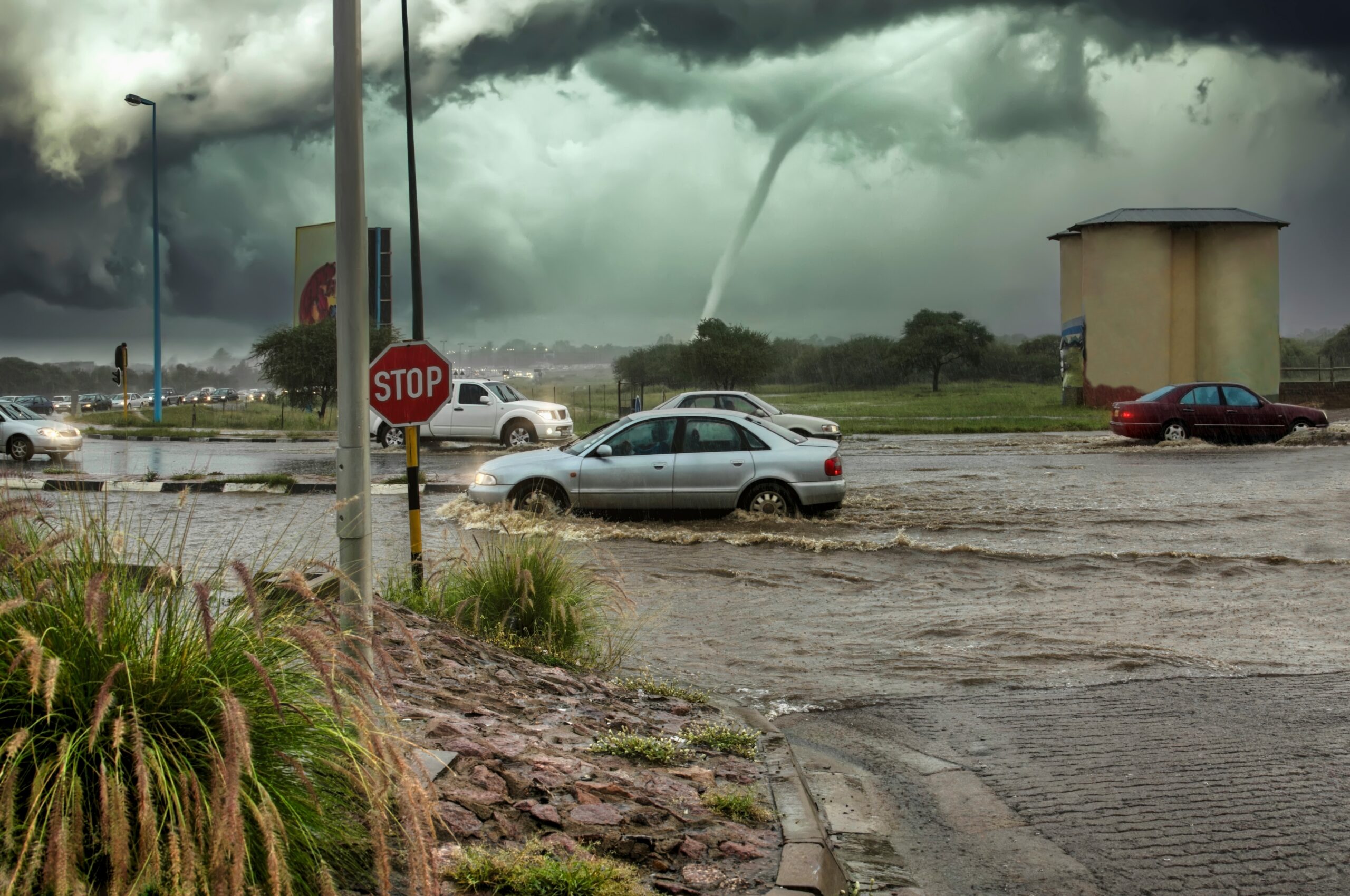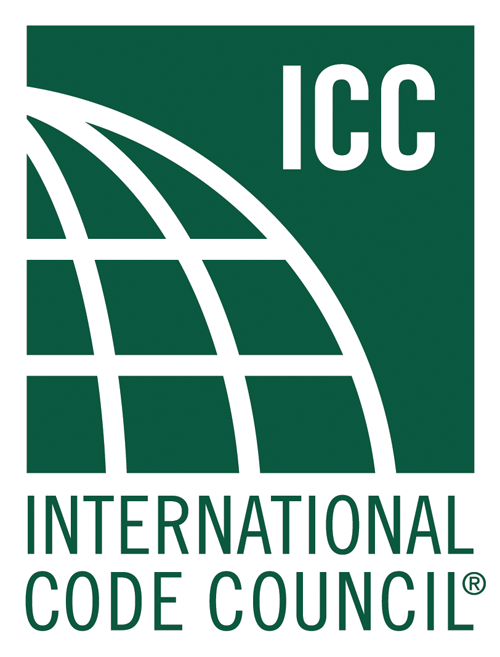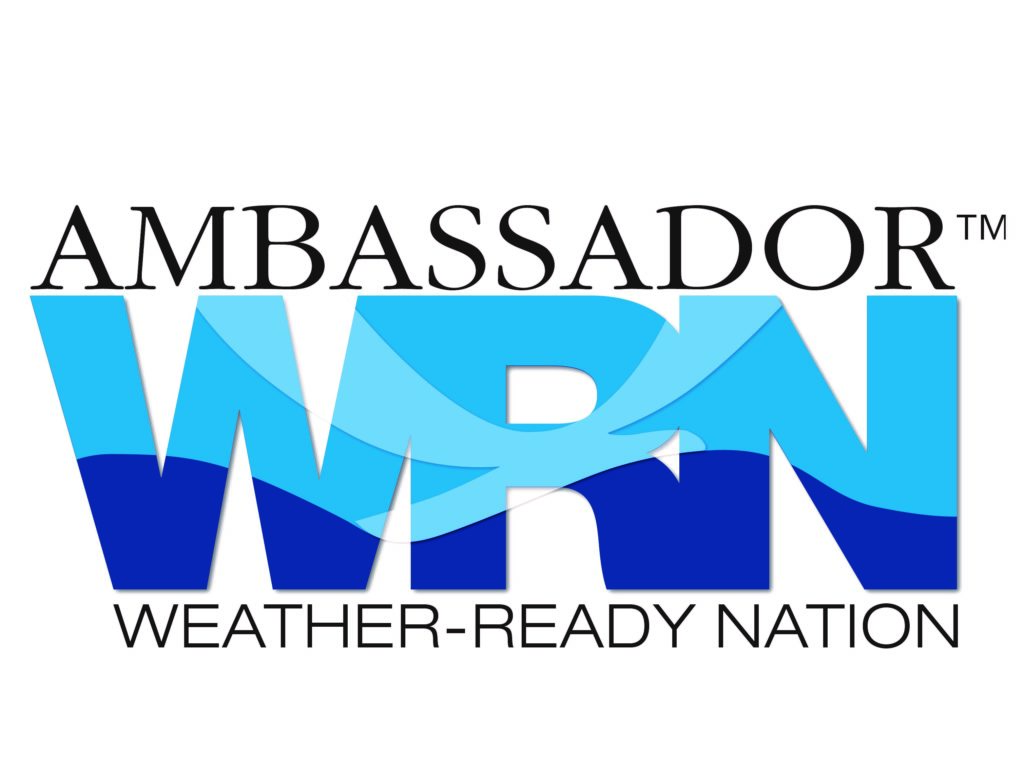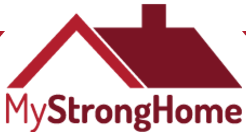
Per NOAA, the National Oceanic and Atmospheric Administration, “Damage from severe thunderstorm winds account for half of all severe reports in the lower 48 states and is more common than damage from tornadoes.”
Whether you live on the coast or anywhere where it rains, you can be impacted by heavy winds and flooding. As one of the most common disaster types in the US, flooding can occur anywhere in the country. According to a recent FEMA publication, a mere 1” of floodwater can cause upwards of $25,000 of damage and over 25% of all annual flood claims are from properties outside of areas deemed as high-risk for flooding.
As a homeowner, preventing impact from heavy winds and water intrusion is the best way to reduce weather-related cost & loss. Below we’ve listed recommended steps that you can take to fortify your property against extreme weather conditions:
-
INSPECT THE EXTERIOR
From the roof to the gutters & downspouts, ensure that there isn’t any debris that could potentially cause a clog. It is recommended that your gutters are cleaned twice a year, during the spring & fall. Check that the downspouts are funneling water away from your home, to prevent foundational damage. Your roof can be another source of weakness, as high winds can rip the covering off the roof, which would allow water to enter through the attic or walls, it is also recommended to seal your roof deck. As your roof plays the most vital role in safety. Take steps to ensure that it is fortified.
Did you know…that an unsealed roof deck will allow up to 60% of rain that falls to enter the attic & you may be able to seal your roof deck without replacing your entire roof*?
-
HOW’S THE WINDOW/WALL AC UNIT
Ensure that if the ac unit has an internal drainpipe, that it is an adequate size and flows freely. Additionally, if there are any gaps or visible damage around the edge of the external sleeve, that it is caulked to avoid unexpected water entry. Ensure that proper weather stripping is placed between the unit and the sleeve to reduce the risk of water damage. If the unit is slightly tilted towards the exterior wall, the likelihood of water entry will be significantly decreased.
-
CHECK YOUR FIXTURES & APPLIANCES
Toilets, hot water heaters, sinks, & washing machines can all be the source of significant water damage. Preventive inspection and maintenance are vital to reducing the risk of unexpected water. Look for signs of failure, such as broken valves, wet joints, any other leakage or rusting, worn tubing, or loose connections. It is recommended that any supply hosed be replaced every 5 years.
-
CHECK THE PLUMBING
Plumbing failure can be a costly issue. Ensure that no grease is ever poured down your drains. Plant any trees/foliage away from drain lines to prevent the roots from damaging your pipes. Ensure that your water heater and plumbing connections are not leaking. If there are any signs of plumbing issues, contact a licensed professional immediately.
What to look for: significant increase in water utility bill, moisture signs on ceiling, walls, or floors, pipes creaking or banging, or wet soil eroding near the foundation.
-
CHECK YOUR OPENINGS
Windows door and other openings of your home can allow high winds and water to enter your property causing severe damage in inclement weather. Make sure windows and doors, especially garage doors (due to their size), are caulked or weather-stripped, and are pressure and impact rated, if possible. The addition of storm shutters can provide your home with an added layer of protection and safety during harsh weather conditions.
-
REVIEW YOUR HOME INSURANCE POLICY
Talk to your agent/ insurance company and ensure that you have sufficient coverage for your home and valuables, should wind or water intrusion occur.
Taking the steps to FORTIFY your home prior to adverse weather will ultimately reduce the amount of sustained damage, the length of time it takes to make repairs, and overall cost. Most importantly, when your home is FORTIFIED™, it will give you the peace of mind to know that your most valuable assets will be as safe as possible during a storm.
*For more information about the FORTIFIED™ Program, please contact us at 888-964-8776 ext. 2.








